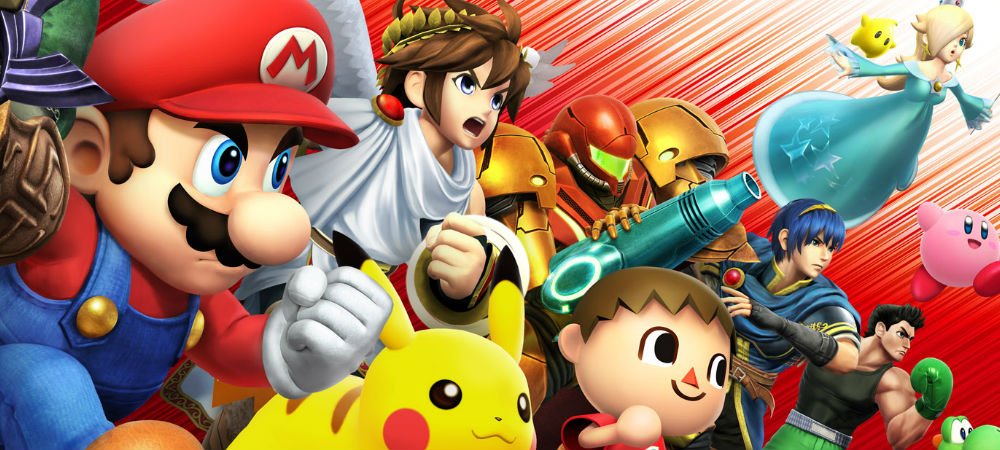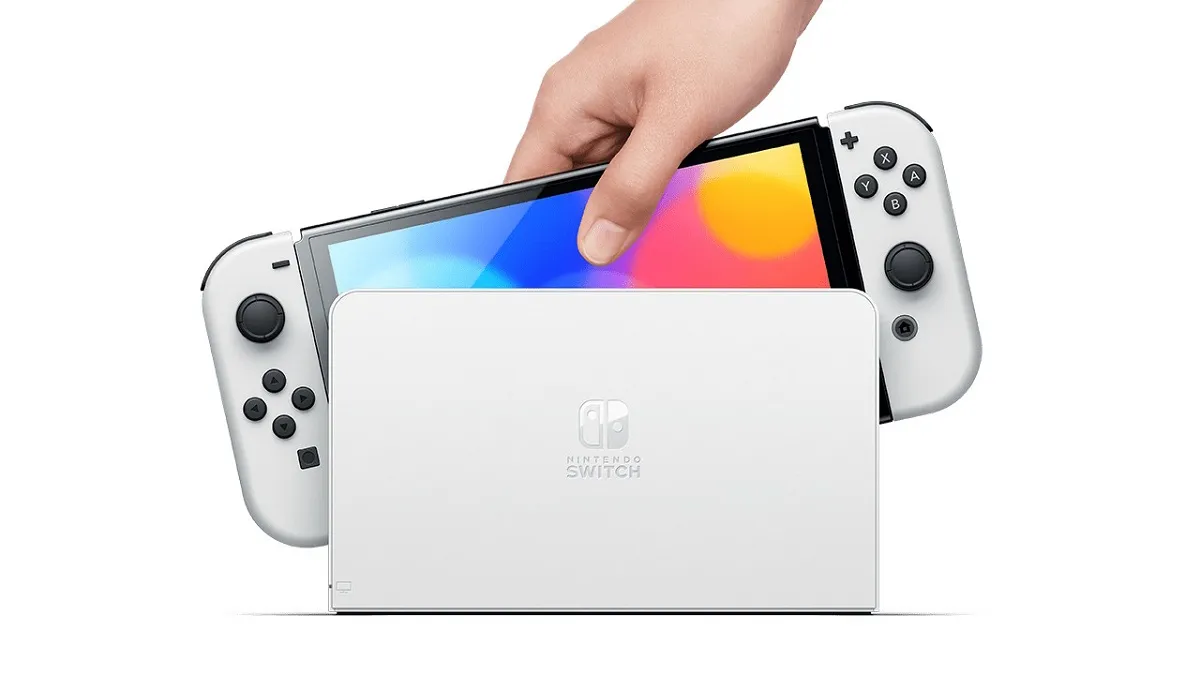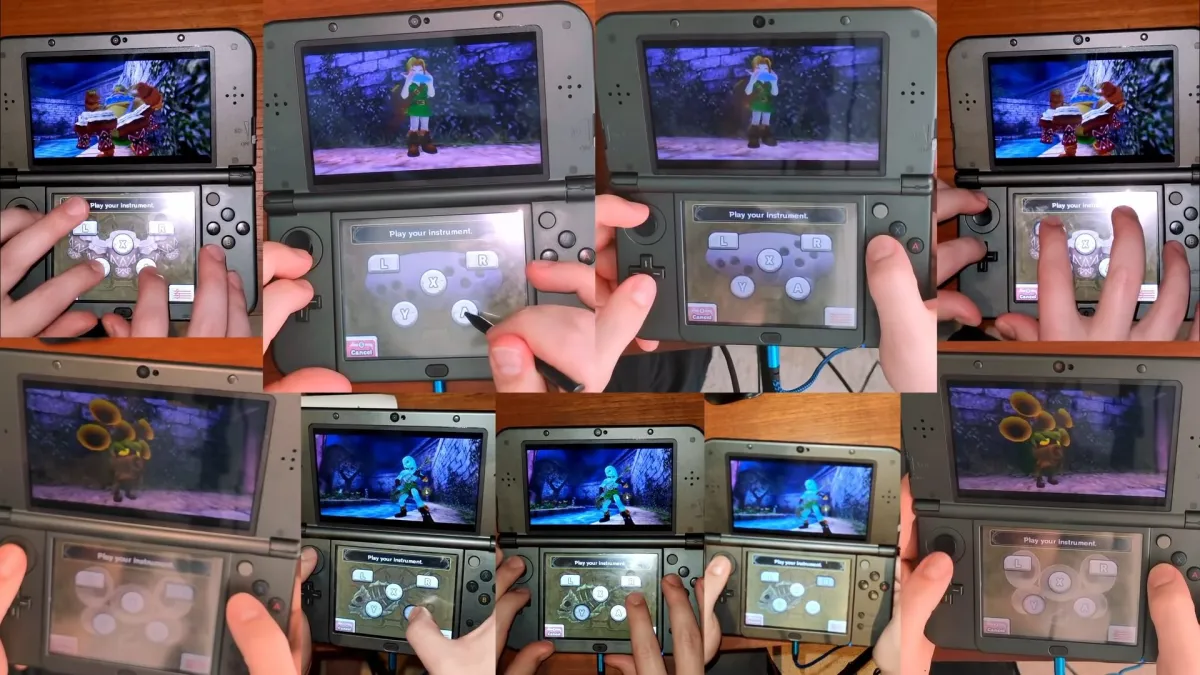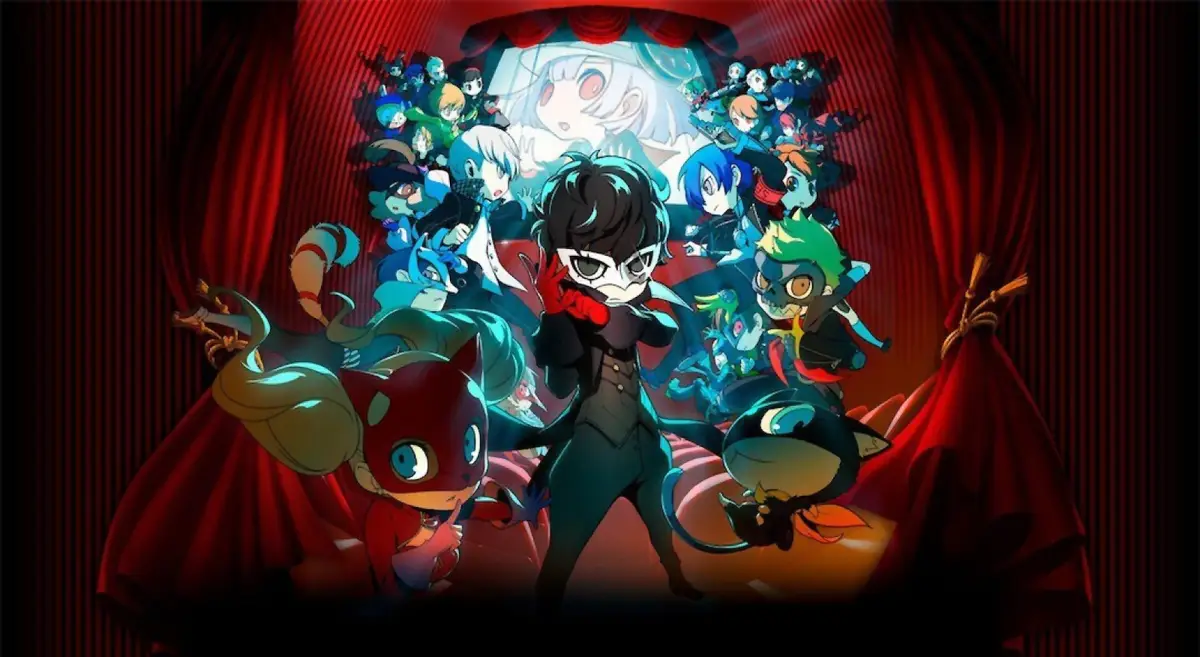I’m all in again
Super Smash Bros. and I go back a long way. When the first game was released in 1999, I didn’t drive. Heck, I didn’t even have a Nintendo 64 at that time. But I had a Smash Bros. addiction, and would spend hours upon hours at friends’ houses, often staging sleepovers just so we could play more. It was probably the first game I ever put over a thousand hours into.
My Melee addiction was even worse. With wheels, I could drive to local tournaments and hone my craft. I had “training buddies” that I’d sit for hours and play with, trading new strategies along the way. I had groups who played all items on random levels, I had friends who played Final Destination no items only, and I had acquaintances who played a mix of both. However you shake it, Melee may be my most-played game of all time.
But when Brawl came out, a lot of the groups I had been playing with for all these years kind of fell off the map. They either continued to play Melee regardless, or just quit Smash entirely. It was an odd time seeing a franchise that I had enjoyed so much fall off like that in my personal circles, and from what I’ve seen over the past few years, I wasn’t alone. It wasn’t a bad game — it just didn’t set off that spark in me that 64 and Melee did before it.
Enter Smash 3DS. Not only has it rekindled my love for the series, but I have a feeling that once the Wii U version hits, living rooms will be smashing for hours all over again.

Super Smash Bros. for Nintendo 3DS (3DS)
Developer: Sora Ltd. / Bandai Namco Games
Publisher: Nintendo
Released: October 3, 2014
MSRP: $39.99
Right off the bat it’s easy to see that Smash 3DS has a brighter art style compared to Brawl. It has the brightest art style of all, actually, having gone back and played past games for comparison. Everything looks incredibly detailed and smooth on the 3DS, and I encountered very little (if any) slowdown during my personal time with the game. The only real drawback is the small amount of screen real estate compared to a proper TV.
Because Smash can lead to some rather intense moments, it’s a little less exciting enjoying them in an isolated handheld fashion — but it’s not a deal breaker by any means. The 3D effect is nice, but if your 3DS moves even a tiny bit out of your viewing field things get blurry, so I generally keep it on for more casual affairs and turn it off when I’m playing online or with friends. If you’re so inclined, there are three options for outlines on the game’s characters, ranging from full, to thin, to “off” — I’ve played with them off and didn’t go back.
The soundtrack is excellent, with one of the largest selections yet as well as a number of remixes that kept me interested throughout each match. My absolute favorite has to be the Mega Man 2 remix medley, but pretty much every franchise here is represented in a loving way.
Of course, good controls are a core part of any fighter, and I’m pleased to say that I was able to pick things up within minutes. Everything is the same, from the shoulder-button grab and throw, to the dedicated special and normal attack buttons, to contextual face-button jumping. You can also turn off tap-jumping and re-arrange the core buttons (thankfully), but sadly there is no option to use the d-pad.
I can see this being a problem eventually, because after extended sessions with Smash 3DS, my hands started to cramp. When I smash I smash for hours on end — sometimes five or more — which I’ve done multiple times with the game so far. After a few hours, my hands started to feel the burn, and my left thumb felt uncomfortable with constant circle-pad movement.
Having said that, everything feels rather fluid. Smash hits, tilts, and aerial attacks are easy to pull off no matter what 3DS model you’re using, and the game is very responsive. Outside of my personal discomfort with holding up the hardware for extended periods of time, I had no real issues with the controls. There’s also an option to use the 3DS as a controller for the Wii U version of the game, but that functionality isn’t factored into this assessment because that version isn’t out yet.
Onto the bread and butter — mechanics. Smash 3DS retains the vast majority of mechanics found in previous games, including: stale-move negation, detailed aerial inputs, neutrals, normals, specials, edge guarding, dashing, smash moves, tipping, and shield angling. The actual impact of moves feels like a mix of Melee and Brawl.
The key reason why Smash 3DS feels different is the fact that it has larger blast zones — or, more leeway in terms of getting knocked off the stage. This not only allows heavier characters to be more effective, but it also makes matches last a little longer, and tasks players with really experimenting with more kill moves.
Edge-hogging has also been changed dramatically, and I really like the new system. Previously, you could simply “hog” an edge by dropping onto it to prevent players from grabbing on — effectively granting a potential KO without an action. Now, players who were previously holding onto the ledge will drop, and the new player will grab on automatically.

This creates an entirely new dynamic that makes fights much more engaging, as you have to now guard the edge more than you hog it. It leads to some particularly fun aerial battles and combos, and I’ve already seen some great concepts while playing online. It’s a small but welcome change. Thank goodness tripping is gone.
The roster itself is wonderful, mostly due to the addition of some game-changing new characters. The big ones in particular that I found really shook things up are Robin, Villager, Little Mac, Rosalina, and Pac-Man. These aren’t simply clones — these are brand new characters that operate on a level that has never been seen before. The Villager’s style is insane, ranging from harassment techniques to some technical specials. Robin has a thunder tome mechanic that wears out over time, making him a fairly strategic choice in terms of maximizing his potential.
Little Mac feels entirely different from just about every melee-based character in the franchise, and although he doesn’t have a lot in terms of the recovery department, he has a tool for nearly every situation, and a special KO mechanic that leads to some dramatic comebacks. Rosalina has an Ice Climbers-esque “companion” mechanic that takes some time to really get down. While some of the other newcomers aren’t as earth-shattering, characters like Mega Man, Shulk, Greninja, the Wii Fit Trainer, and yes, even the Mii Fighters feel like they’ve earned their place in the game.
I also noticed some major improvements for certain veterans — for example Link generally has more combo capabilities and more kill move versatility. While the competitive scene will no doubt reign in over the coming weeks, everything feels more balanced due to the aforementioned blast zone tweaks. Even the clones have a certain amount of care put into them, as Lucina should placate those who are looking to get a little more Roy than Marth, and Dark Pit has different statistical values and slightly different attack variations that you’ll notice over time. Considering the amount of work that went into rebalancing and the newcomers, I’m perfectly fine with clone appearances here, especially with the addition of custom movesets.

Yes, custom movesets are a huge plus, as they can fundamentally change the way many characters act. For instance, instead of giving a character an upwards recovery move and a projectile forward special, you can re-arrange their movesets to give them a horizontal recovery and a charge special in their place. Although said customs (along with Miis) won’t be used in many tournaments and can’t be used online in ranked play, I have a feeling that there will be plenty of experimentation months down the line.
Level-wise I also have no real complaints with any of the game’s 34 stages. Although I sometimes don’t enjoy playing a select few arenas in any given Smash game, there isn’t one map that I actively try to avoid in Smash 3D, and again, the representation here is fantastic. My personal favorites include the Find Mii level, Super Mario 3D Land, the Boxing Ring, and the Dream Land Game Boy arena. One of the most genius things Nintendo has ever done is made it so every stage can play with a “Final Destination” modifier, which turns off items and makes the stage a flat surface. It’s not something I use all the time, but I love that the option exists.
Of course, it wouldn’t be Smash without tons of modes. I’ll get to a few of the extra ones in a minute, but Smash Run is arguably the headliner here. Essentially, you’ll engage in a five-minute dungeon prior to a match, fighting enemies a la Subspace Emissary, acquiring powers and stat bonuses along the way. After that phase is done, you’ll fight in a modified match using your powers. Once that one round is over, everything starts anew minus the powers you acquire, which can be toggled at any time using the custom moveset menu.

At first, this seems like a novel idea. But once you’ve played it a few times, the novelty really wears off. For starters, the first phase isn’t played by all players at the same time — it’s instanced. Yep, everyone is technically running the same dungeon, but their own version of it. There’s one map that randomly switches enemies and events around, but it will always have the same general layout, and you’ll never interact with anyone directly until the actual match starts.
If the first phase had everyone smashing at the same time, with intense battles happening while everyone was attempting to get power-ups, it would have been pretty amazing. As it stands, it feels like a five-minute isolated diversion that you’re playing by yourself before you can get to an actual match with your friends. It’s a great “every so often” thing and it isn’t inherently bad, it’s just not something I’d play more than a few times a week — it won’t be a huge loss when the Wii U version ships without it.
On the other hand, you have more than enough stuff to do without even touching Smash Run. Classic mode returns, with a few twists, secrets, and a cool “bet your gold” mechanic where you can wager points and make the difficulty harder — much like Kid Icarus: Uprising. All-Star mode also returns, which sees you battling every single fighter in a mini-RPG fashion. Stadium is back, with three main attractions — Multi-Man Smash, Target Blast (basically Nintendo’s version of Angry Birds), and the classic Home-Run Contest.
While you can always play with four players locally, the online mode is a major draw for me, and is a vast improvement upon the foundation Brawl set up. Using the interface for both “fun” and “glory” matches, which I’ll get to in a moment, it’s easy to both match up with your friends or random players (though not both) for constant play. You can also bet on matches with the spectator option.

What Nintendo has done is appealed to just about every fan possible. It has created a means for non-competitive players to enjoy online play by adding a “For Fun” mode, which includes items, every stage in the game (except Final Destination), and almost no limitations. It has also added a “For Glory” mode, which takes out items entirely, restricts custom movesets, and makes every stage a Final Destination. I encountered very little lag during my time online, and managed to play a ton of free-for-all matches as well as team battles.
On top of that, there’s a bunch of stuff to unlock even if you never play online. In addition to the token characters and stages, there are also custom moves to find, powers to locate for your custom fighters as well as the upcoming amiibo functionality, more music tracks, trophies, outfits, badges, and challenges to complete — some of which are incredibly tough.
Super Smash Bros. for Nintendo 3DS delivered just about everything I wanted out of it, and then some. I’ve grown attached to a number of newcomers, I’ve played more online matches than I ever did with Brawl, and I’ll be tackling all of the single-player content for weeks on end. I’m all in again thanks to Smash 3DS, and it’s made me even more excited for the Wii U version later this year.





Published: Oct 2, 2014 11:10 pm